HIV: Prevention, Diagnosis, Treatment
Empower Lives, Combat HIV: Your Journey to Prevention, Diagnosis, and Treatment Begins Here
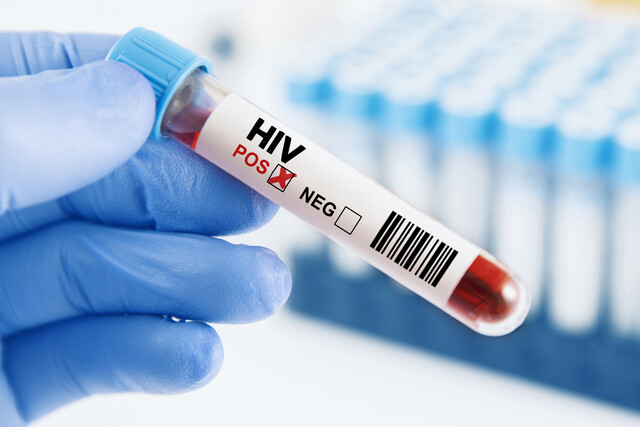
5 Hours average completion time
0.5 CEUs
11 Lessons
16 Exams & Assignments
14 Discussions
11 Videos
11 Reference Files
65 Articles
Mobile Friendly
Last Updated December 2025
Comprehensive Guide to HIV: Understanding, Prevention, and Care
Welcome to this all-encompassing course on HIV: Prevention, Diagnosis, and Treatment. Through a systematic approach, our course aims to provide clear insights into a topic that often remains shrouded in myths and misconceptions. With current statistics, a plethora of examples, and detailed explanations, students will acquire a well-rounded understanding of HIV and its broad implications.
Why This Course Matters
The distinction between HIV (Human Immunodeficiency Virus) and AIDS (Acquired Immune Deficiency Syndrome) is often misunderstood, resulting in unwarranted fears and stigmas. By comprehensively understanding these conditions, not only do patients benefit, but also their families, friends, and caregivers, fostering a supportive environment for those affected.
Course Highlights
-
The Fundamentals of HIV: Dive deep into what HIV is and how it differentiates from AIDS, debunking common myths and misconceptions.
-
HIV's Impact on the Body: Grasp how the virus interacts with the human immune system, and the physiological changes it induces.
-
Symptoms and Diagnostics: Explore the signs that might indicate HIV infection and the modern diagnostic methods employed by healthcare professionals.
-
Prevention is Better Than Cure: Delve into actionable methods to prevent HIV transmission, focusing on industry-recommended precautions and understanding the increased risk factors associated with certain lifestyles.
-
Treatment Modalities: From globally recognized antiretroviral therapies to alternative treatments and nutritional supplements, discover the myriad ways HIV is being managed today.
-
Living Positively with HIV: Understand the dietary needs, lifestyle habits, and coping mechanisms that can help boost the immune system and enhance the quality of life for those diagnosed.
-
Transition to AIDS: Unravel the factors leading to the progression of HIV to AIDS and current research endeavors aimed at slowing this progression.
-
Breaking Stereotypes: Equip yourself with credible resources to challenge misconceptions about HIV and advocate for an informed and compassionate societal perspective.
Course Breakdown
- HIV Basics: Set a strong foundation by understanding the core aspects of HIV.
- How Does HIV Affect the Body?: Learn the physiological effects of the virus.
- Symptoms Associated With HIV: Identify potential warning signs.
- How an HIV Diagnosis Is Made: Discover the various diagnostic procedures.
- Preventing HIV Infection and Transmission to Others: Understand and champion preventive measures.
- Traditional HIV Treatment Options: Gain insight into globally-recognized treatment regimens.
- Alternative Medical Treatments for HIV: Explore beyond traditional medicine.
- Living With HIV: Embrace the measures for a healthy life post-diagnosis.
- Preventing HIV-Related Illnesses: Ward off secondary infections and complications.
- What Is My Prognosis?: Delve into the long-term outlook for those with HIV.
- Coping With HIV: Strategies and resources for mental and emotional well-being.
Who Should Enroll
This course is indispensable for anyone seeking a comprehensive understanding of HIV, especially those recently diagnosed, their families, healthcare professionals, educators, or anyone aiming to challenge the status quo surrounding HIV and AIDS.
In an era where information is power, we invite you to become empowered, informed, and compassionate. Let's build a world where understanding trumps fear, and care surpasses judgment. Join us today and make a difference, one lesson at a time.
- Analyzing HIV's physiological effects
- Identifying HIV symptoms and testing
- Implementing HIV prevention strategies
- Strengthening community support systems
- Managing chronic conditions associated with HIV
- Evaluating treatment options
- Understanding HIV/AIDS distinctions
- Addressing HIV stigma and misconceptions
- Navigating alternative HIV care
- Improving quality of life for HIV patients
- Promoting patient-centered care and resilience
-

Biology 360: From Molecules to Ecosystems
-

Nutrition 101
-
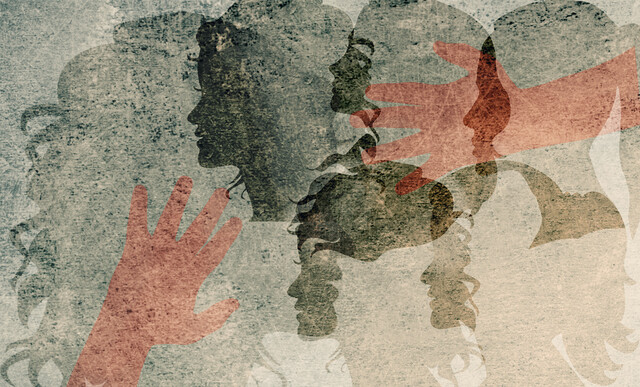
Child Abuse Recognition, Investigation, and Protection
-

Depression Management
-
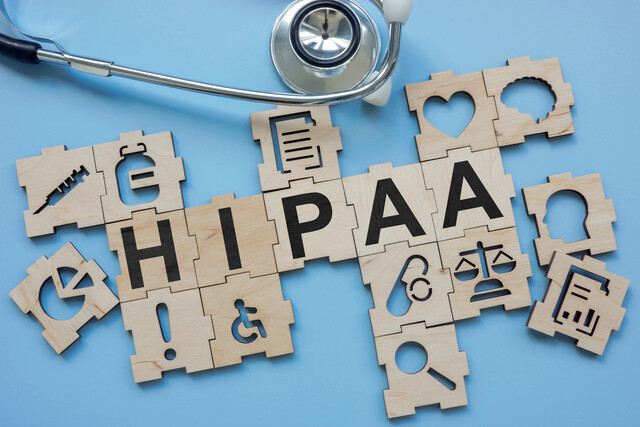
HIPAA Compliance 101
-

Understanding Childhood Obesity
-
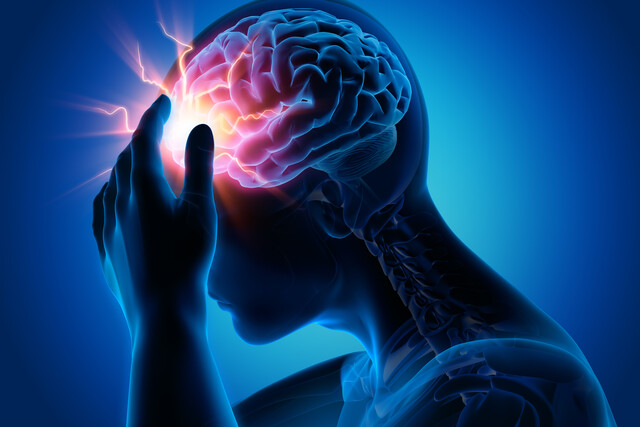
Understanding Concussions
-

Medical Billing and Coding Course Bundle
-

Stress Management
-

Medical Terminology for Medical Coders
-

ICD-10: Medical Coding
-

Medical Terminology 201
-
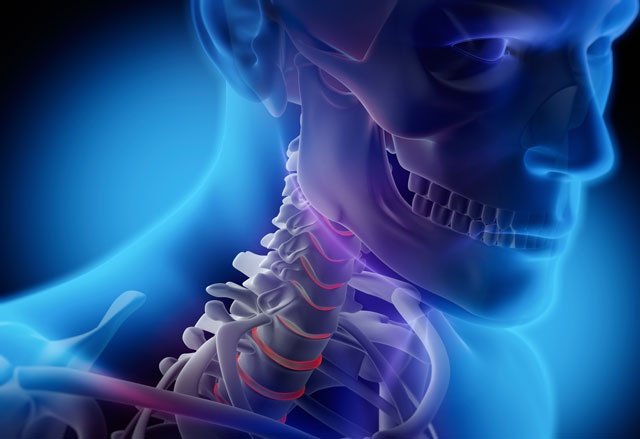
Anatomy and Physiology 101
-

Child Safety for Parents
-

Medical Terminology 101
-

Vegetarian Living: Discover the World Beyond Meat
-

Careers in Healthcare
-

Medical Office Management
-
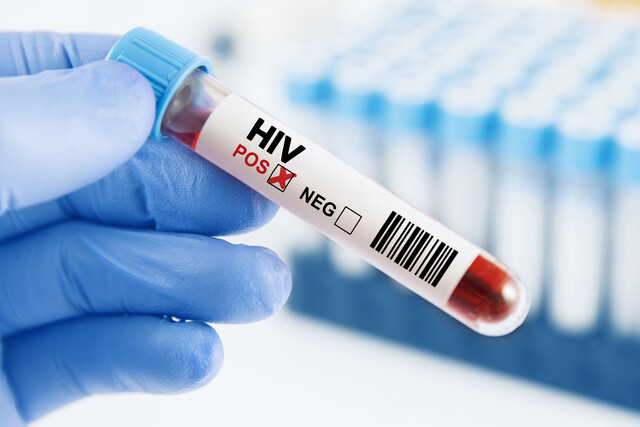
Caring for Patients with HIV/AIDS
-

Comprehensive Medical Terminology 1 & 2